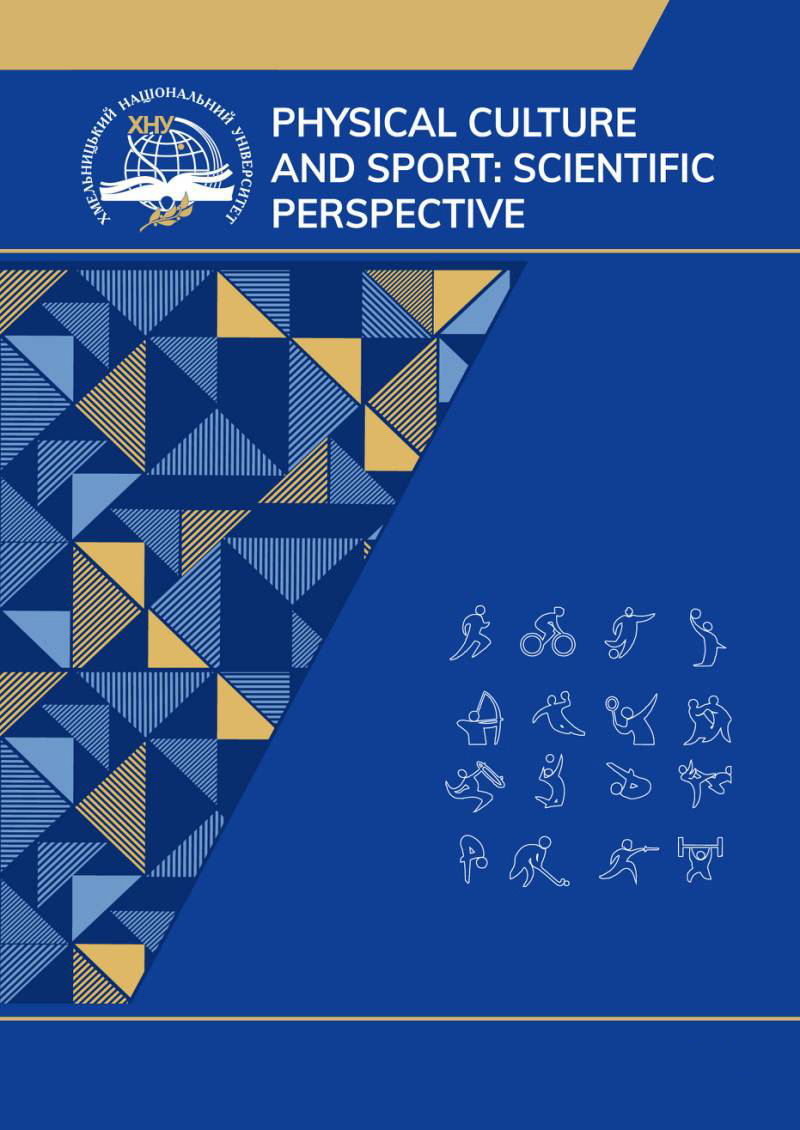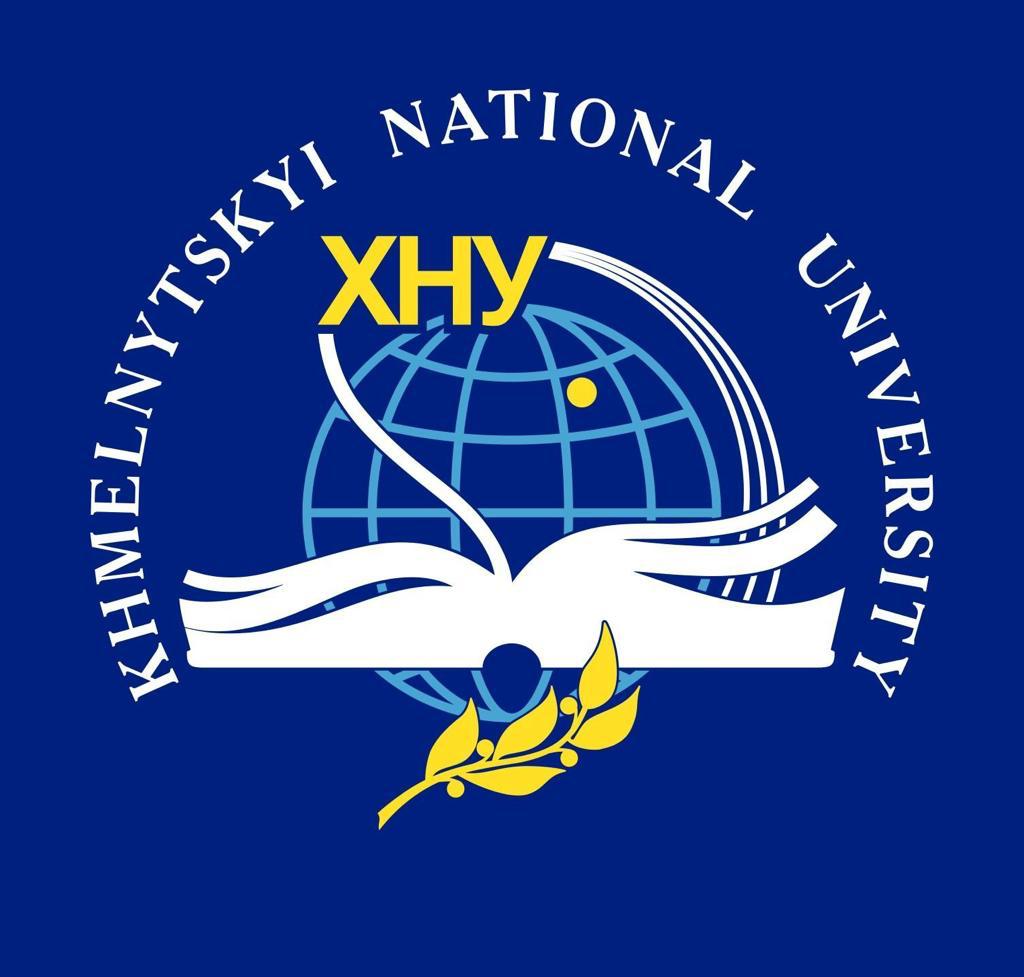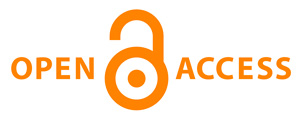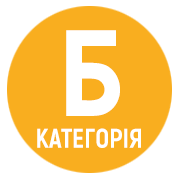FEATURES OF THE ORGANIZATION AND CONDUCT OF PHYSICAL EDUCATION CLASSES FOR TEACHING STUDENTS WITH IMPAIRED HEALTH
DOI:
https://doi.org/10.31891/pcs.2024.4.12Keywords:
students, teaching method, badminton, impaired health, movement qualitiesAbstract
The article highlights the problem of the role of physical education in the formation of the health culture of students of higher education institutions.
One of the promising directions for optimizing physical education with students of special medical groups is the rational use of special means and methods aimed at acquiring knowledge, skills and abilities to perform motor actions and develop motor qualities in order to strengthen their health, increase the level of physical development and physical fitness.
The popularity among young people and the significant effectiveness of the impact on the body of the game of badminton determined the inclusion of this type of motor activity in the system of physical education of students of higher education institutions, and the possibility of variable load allows it to be used as a rehabilitation tool not only in groups of general physical training, but also in special medical groups .
Thus, the results of scientific research and the conducted questionnaire allow us to believe that the educational and health potential of badminton classes is a significant factor in optimizing the system of physical culture and health work with students of higher education institutions. It is conditioned by: firstly, the fact that playing badminton contributes to the formation of positive motivation for systematic motor activity and sports, forms healthy lifestyle skills and an active lifestyle.
The educational and physical and recreational potential of badminton is considered in the fact that the structure of its motor actions is based on natural human movements (running, jumping, leaning, changing the direction of movements, etc.), in the manifestation of psychophysical abilities, as well as expediency its use with insignificant financial costs in physical culture and health activities with student youth.
References
Apanasenko G. L., Dovzhenko L. Health level and physiological reserves of the body. Theory and methodology of physical education and sports. 2007. No. 1. P. 17–21.
Arefiev V.G. Basics of theory and methods of physical education: textbook. Kyiv, 2010. 268 p.
N. A. Bashavets. Formation of students' health care culture during physical education classes. Physical education at school. 2011. No. 4. P. 2–4.
Bodnar I. Integrative physical education of schoolchildren of different medical groups: monograph. Lviv: LDUFK, 2014. 300p.
Hryban G. P., Krasnov V. P., Opanasyuk F. G., Ckory O. S. Physical education in a healthy lifestyle of modern student youth. Scientific journal of the National Pedagogical University named after M. P. Drahomanov. Series No. 15. Scientific and pedagogical problems of physical culture (physical culture and sport): coll. of science works / Kyiv: Publishing House of the NPU named after M.P. Drahomanova, 2018. Vol. 4 (98) 18. P. 43–46.
Nosko M.O. Higher pedagogical education and science of Ukraine: history, present and development prospects. Chernihiv region. Kyiv: Knowledge of Ukraine, 2012. 149p.
D.I. Tsis, O.S. Kuts. Physical education program for groups of the sports department. Vinnytsia: Lando LTD, 2013. 39 p.
Pavlenko T. V. Physical exercises of recreational gymnastics in increasing indicators of physical and functional development of students. Pedagogy, psychology and medico-biological problems of physical education and sports: coll. of science pr. Kharkiv: KhDADM, 2014. No. 4.
Tymoshenko, O., Arefiev, V., Domina, Zh., Malechko, T., Lymarenko, N., Kiiko, T., Prontenko, V. (2021). Methods of determining the individual motor performance of young males in the process of exercise. Wiadomości Lekarskie, 74 (6), 1420-1427.
Palichuk Y.I., Filenko L.V. Formation of the health culture of students of medical institutions of higher education. "Scientific and methodological foundations of the use of information technologies in the field of physical culture and sports": collection of scientific papers [Electronic resource]. - Kharkiv: KhDAFK, 2022. Issue 6. - P. 50-56
Sorokolit, N. S., & Kuhar, M. M. Monitoring the health status of students of the 1st and 2nd years // Scientific journal of the M.P. NPU. Drahomanova. 2019. No. 3K(110), pp. 533-538
Khmara, M.A., & Mozolev, O.M. Information and communication technologies as a means of motivating young people to engage in physical education //ScientificCollection«InterConf». 2023. No. 156, pp. 608-612
Downloads
Published
How to Cite
Issue
Section
License
Copyright (c) 2024 Тетяна СТЕЦЮК, Микола ОМЕЛЬЧУК, Наталія ДЕМЧЕНКО

This work is licensed under a Creative Commons Attribution 4.0 International License.





